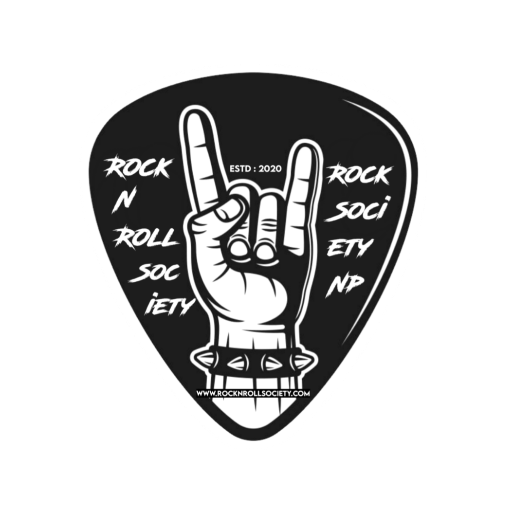
Part of the appeal of any great rock and roll band is knowing when to play and when not to. Although it might be fun to hog the spotlight and go out front and shred the perfect solo, it’s useless to try to wow a crowd when only a handful of notes will suffice. And while a band like The Beatles have achieved the distinction of being one of the greatest rock and roll bands of all time, it’s not like they were trying to rewrite Bach or Beethoven whenever they got behind the fretboard.
If anything, the fact that their music was so simple made it work half the time. Whereas most bands might like to jam on specific ideas until everything sounds right, the Fab Four always wrote parts behind their songs that could not be improved if someone else tried adding their own spice to them. Of all the band members, though, George Harrison always seemed to be in communion with his instrument.
From the first time he played Carl Perkins licks until his final swan song in the 2000s, Harrison always found a way to speak through his instrument, but whereas he spent time mastering one part of his sound, Paul McCartney seemed to reach a level of musical dominance on pretty much anything he could get his hands on. He may not have studied musical theory or had the same dexterity that Harrison had, but listening through the band’s catalogue, he had his fair share of flashy playing.
There are many cases where McCartney took on the role as the silent guitar player in the studio when Harrison couldn’t get the right sound for a song, and it’s usually easy to spot him out in the wild. The way he hits the strings is a lot more aggressive than Harrison’s touch on the instrument, but whereas most people single out a song like ‘Taxman’, one of the best moments of McCartney’s guitar career came from another song on the same album.
Much of Revolver was about them taking various artistic leaps, but by comparison, ‘And Your Bird Can Sing’ is a bit of an anomaly. Although it was meant to capitalise on the kind of chiming sound that The Byrds had been known for, hearing John Lennon pen something this upbeat feels much closer to something that McCartney would write himself. Or maybe that’s because the solo is so cheery when Macca plays it.
Despite it being double-tracked with Harrison’s lead, McCartney’s main motif is one of the easiest guitar parts to sing along to. Since the entire track up until this point is hanging on one chord, it gives him free rein to go all over the neck, crafting the kind of melodic playing that he would explore further in his solo career on tunes like ‘Maybe I’m Amazed’.
And while most guitar players might look down on someone who plays bass, this might be the one occasion where being a four-stringer helped McCartney. He was used to coming up with melodic touches to offset Harrison’s guitar most of the time, so now that he had the chance to take centre stage, it sounded like a fish in water gliding across the entire track.
While the song never made it to the stage during The Beatles’ initial run, the real tragedy was that it never gave McCartney the confidence to play lead at any of his later concerts. He was always more comfortable behind the keyboard, strumming away, or thumping away, depending on the song, but with all due respect meant to every guitarist in Wings, why the hell would anyone need another player when they had a melodic virtuoso at the front?







